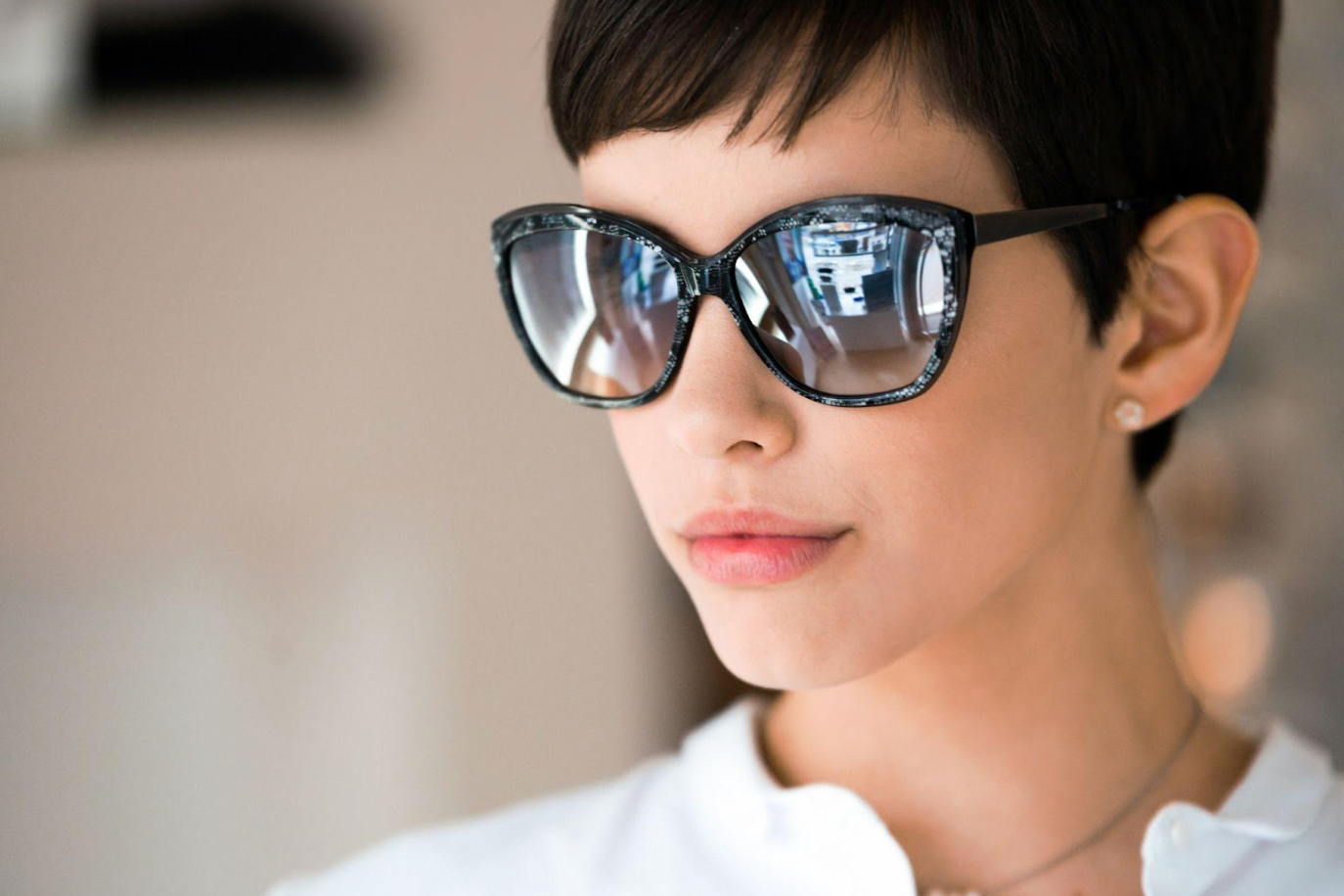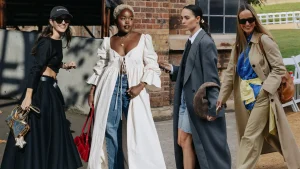Behind the Frame: The Cultural Frames We Wear and How They Shape Perception

We rarely think about how much visual framing influences the way others see us. Yet every day, we present ourselves through lenses, sometimes quite literally. A pair of Ray Ban sunglasses worn on a summer afternoon, the structure of our everyday eyeglass frames, the way we angle our face toward the camera, all of these choices become subtle social signals. They offer cues before we speak. In a world now filtered through phone screens, quick selfies, and video calls, the concept of “framing” carries more weight than ever. How we look isn’t just appearance anymore; it’s interpretation. The frame becomes part of the language.
This is why eyewear has evolved into one of the most emotionally charged accessories. It’s not simply about blocking the sun or clarifying our vision. Frames shape how we are seen, and how we learn to see ourselves.
The Lens as Identity: How Accessories Tell a Story
Eyewear sits at the center of the face, the most expressive part of the body. That makes it one of the first details a person notices. This proximity gives frames the power to shape identity. The wraparound sport silhouettes typical of Oakley sunglasses communicate movement, energy, and an active connection with the outdoors, even when worn in a city setting. By contrast, minimal wire frames might signal calm intellectualism, while bold geometric eyewear suggests artistic confidence.
The frame becomes a shorthand for personality.
But this isn’t just cultural projection, it’s psychological. Research discussed in Psychology Today notes that people instinctively form impressions about intelligence, warmth, confidence, and creativity based on a person’s eyewear style. We read frames the same way we read posture or tone of voice: as an extension of character. This suggests that choosing eyewear is not superficial, it is a form of self-narration. The frame we choose becomes part of how we communicate identity without speaking a word.
In a digital environment where faces are encountered in quick, condensed visual formats, profile images, video call thumbnails, filtered stories, these identity cues become even more amplified.
Cultural Memory and the Frames We Recognize
Each eyewear style carries cultural associations that we have absorbed over time. Aviators evoke decades of cinematic cool. Cat-eye frames carry echoes of mid-century glamour. Square translucent frames draw on creative-class aesthetics rooted in design studios and gallery spaces. Even if someone cannot name these references, they recognize the mood.
Frames, therefore, participate in cultural memory. They hold trace elements of film, music, counterculture, athletic movements, and historic style shifts. When someone chooses a certain frame, they are choosing to align themselves, subtly, with a lineage.
This is why eyewear is one of the few accessories that feels both personal and collective. It reflects self-image but also speaks to shared meaning.
The Frame as Filter: Presence and Protection
Image from Unsplash
There is also a psychological boundary function to eyewear. Sunglasses, in particular, can shield the eyes and with them the microexpressions that reveal emotion. To cover the eyes is to control how much of oneself is accessible. This is why sunglasses have long carried the symbolism of mystery, cool detachment, or quiet authority.
Eyeglasses, on the other hand, do the opposite. They frame the eyes, highlighting them. They invite a kind of open presence. A transparent frame can make a face appear more available, thoughtful, or engaged. The difference between sunglasses and eyeglasses is not only physical, it is emotional.
We choose frames that match not only how we want to be seen, but how much of ourselves we are willing to offer.
The Digital Mirror: Identity in the Age of the Front-Facing Camera
Modern self-presentation happens as much online as offline. This has changed what we expect from eyewear. We look for frames that translate well through the lens of a phone camera, across lighting conditions and platforms. People choose silhouettes that maintain identity across selfies, work calls, mirror shots, and everyday candid moments.
On social platforms, frame choice can even signal the communities or aesthetics one aligns with:
- Minimal modern neutrals for the understated lifestyle aesthetic
- Bright, sculptural frames for those rooted in creative subcultures
- Sport-driven eyewear for individuals who associate identity with performance and movement
- Vintage silhouettes for those leaning into analog nostalgia or slow-style sensibilities
These communities form not through explicit labeling but through shared sensibilities, visual cues understood intuitively.
Identity, Choice, and the Objects We Keep Close
Unlike shoes, jackets, or other fashion elements rotated seasonally, eyewear tends to stay with a person for longer stretches of time. It becomes part of their signature. A pair of sunglasses worn summer after summer becomes part of how friends and strangers remember someone. Everyday glasses are part of the face someone becomes known by.
This is why the frame carries emotional weight. It is one of the few aesthetic choices we commit to daily, sometimes for years. Selecting it requires self-knowledge. Living with it reinforces identity.
The frames we wear are not incidental. They are chosen. And through that choice, they shape the ongoing story of how we present ourselves, and how we are seen in return.



